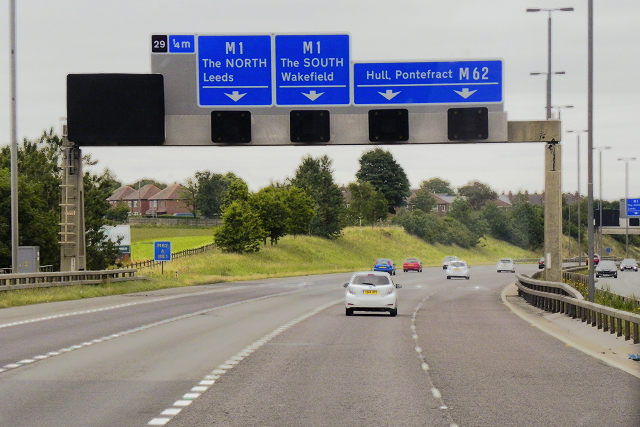Question: How does mobility improve people’s lives?
Mobility is the ability to move. Mobility is a good thing. It gives people freedom and independence. It allows them to do and see things, and to meet other people.
But not all people have full mobility. Some have physical or other impairments that restrict their movement, especially when the environment in which they want to move creates barriers. For example, the mobility of someone using a wheelchair is restricted when streets and buses have steps.
Other people have restricted mobility because they cannot use the transport they want to use to move from one place to another. Not being able to drive is a mobility restriction. Not having a car is another, especially in areas with poor public transport. The cost of buying a car and the cost of using public transport also limit the mobility of people who cannot afford those costs.
Not having mobility restrictions is related to poorer health and wellbeing. Here are two examples, from my research.
Example 1. Mobility restrictions to travel medium/long distances
I worked in a consultancy project for Transport for The North, a regional transport authority in the UK. They wanted to know if (and why) people in the North of England have problems to to travel medoum and long distances (above 30 miles or 48km), and if those problems impact their lives.

We found that some people felt that their ability to travel more than 30 miles (48km)was restricted by things like lack of access to good roads or to public transport. Furthermore, people who felt restricted had poorer health (self-rated, i.e. as judged by themselves). We did not include in the analysis people whose reason to feel restricted to travel was poor health. So there’s a good chance that the link is the other way round: mobility restrictions have some sort of negative effect on health. Furthermore, we found that part of this effect is because mobility restrictions impede people from meeting family and friends. The associations between mobility restrictions and health were stronger for older people.
It’s all in this paper. The paper was also picked up by several newspapers and health publications, for example The Independent and Medical News Today.
Example 2: Self-driving vehicles remove mobility restrictions
Self-driving vehicles can reduce the first mobilit restriction I mentioned above: not being able to drive. I am currenly working in Move2CCAM, a European project involving 8 countries, to asssess the possible impact of these vehicles on people’s lives.

The project includes “co-creation activities” (this is academese for “people meeting to discuss and create something together”). The plan is for people to say how they would use self-driving vehices in the future (to go where? in which type of vehicle?) and how they would like to pay for that (buy their own vehicle? pay per use? get a subscription?).
We are listening to citizens of different ages, genders, and incomes, and living in different types of places (cities, towns, villages). And to organizations of various sizes and types (in various sectors, working for profit and not).
The vision of the project is that self-driving vehicles should benefit all citizens and organizations. We do not want to arrive at a future where only young city professionals use this technology (as it seems to be happening for things like electric scooters and “Mobility as a Service”, i.e. subscriptions to use various modes of transport).
Once citizens and organizations tell us how they would use self-vehicle vehicles, the next step is to assess how that would benefit them economically or improve social connections, health, and wellbeing. We will assess that using more workshops, a large survey, and experiments where people can use a real self-driving car, and others where people can use a virtual self-driving vehicle, plus a large survey.
The first results will be published soon in https://move2ccam.eu and presented in upcoming conferences and other events. Stay tune and follow us in Twitter. And while you’re at it, follow me too.